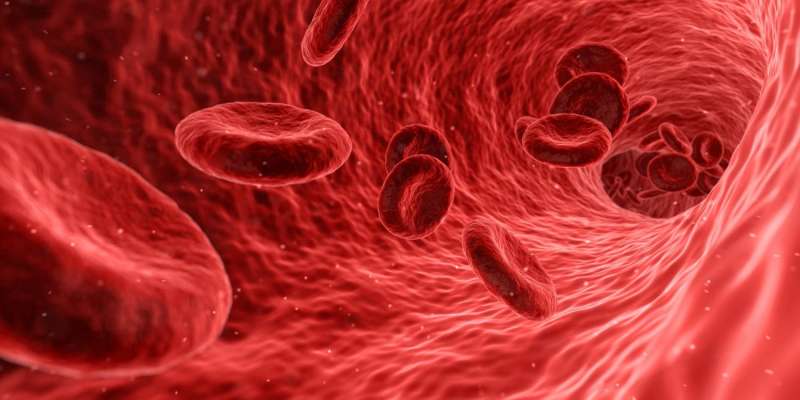Review argues for therapeutics to treat cholesterol cousins called ceramides

Therapeutics that target lipids called ceramides might hold potential for treating cardiometabolic disease, argues a review article published November 5th in the journal Trends in Pharmacological Sciences. The authors summarize evidence supporting a strong relationship between ceramides and a range of diseases in animals and humans and compare it to the decades of datasets that drove the creation of cholesterol-lowering pharmaceuticals.
"Scientists have a lot to do if we are going to realize the potential of ceramide-lowering therapies," says senior study author Scott Summers of the University of Utah College of Health. "Our hope with the article was to compare the body of literature on ceramides with that of cholesterol in order to point out the critical gaps and emerging questions in the ceramide field. Basically, we want to get as many labs as possible studying this important molecule."
One of the most widely prescribed drug classes is statins, which inhibit the synthesis of the lipid cholesterol to prevent coronary artery disease. Statins also reduce blood levels of other lipids such as ceramides. Compared to what we know about cholesterol, much less is known about the role of ceramides in disease. But it is becoming increasingly clear that ceramides are linked to a broad swath of health problems.
Over the past couple of decades, studies in humans have shown that ceramides are standalone biomarkers of cardiovascular disease, independent of cholesterol. Ceramides strongly predict major adverse cardiovascular events, including death due to coronary artery disease and acute coronary syndrome. These results have been replicated across the world in different countries and ethnicities, highlighting the robust nature of the association. Unlike cholesterol, ceramides have also been linked to metabolic conditions such as insulin resistance and diabetes in humans. Blood ceramides are now being measured clinically to assess disease risk.
Research in animals has provided evidence for a causal relationship and revealed potential disease mechanisms. For example, lowering ceramides through genetic or pharmacological interventions prevents cardiovascular disease and diabetes in rodents. Other studies have shown that ceramides can lead to an increase in fat storage, a decrease in glucose use, and lower mitochondrial efficiency—hallmarks of metabolic syndrome. Ultimately, these metabolic changes might lead to programmed cell death of pancreatic b-cells, thereby driving type 2 diabetes. "Ceramides may prove to be as deleterious as cholesterol, as they elicit a non-overlapping spectrum of tissue defects and ultimately trigger cell death," Summers says.
Despite the accumulating evidence, many questions remain. Currently, there is a lack of data to support specific clinical recommendations based on high ceramide scores. More research is also needed to understand the genetic abnormalities that drive high ceramide levels and how ceramides damage cells and tissues. According to the article's authors, answering these questions might shed light on potential therapeutic approaches to safely and effectively lower ceramides and treat cardiometabolic disease. "Hopefully help is on the horizon, either in the way of new therapeutics or new diet recommendations," Summers says.
More information: Cholesterol – the devil you know; ceramide – the devil you don't, Trends in Pharmacological Sciences, DOI: 10.1016/j.tips.2021.10.001



















